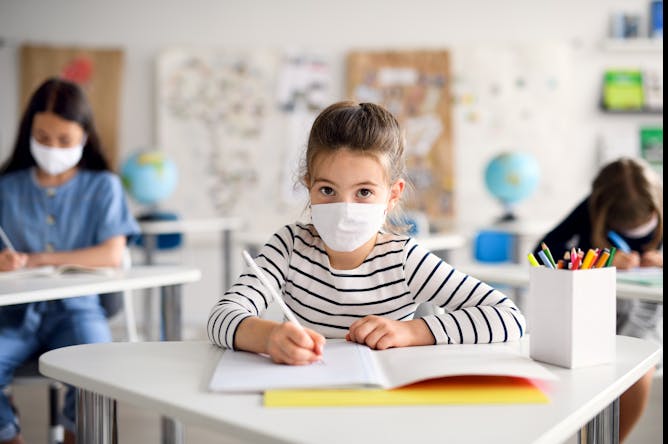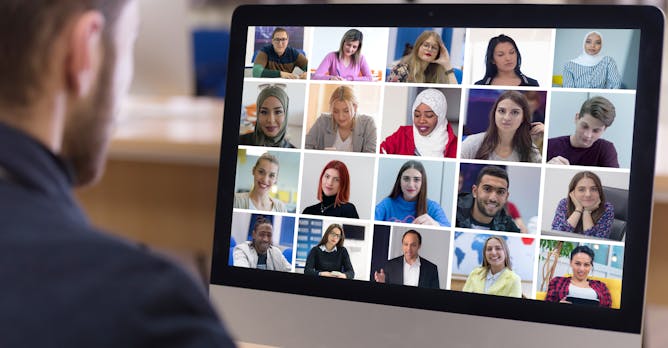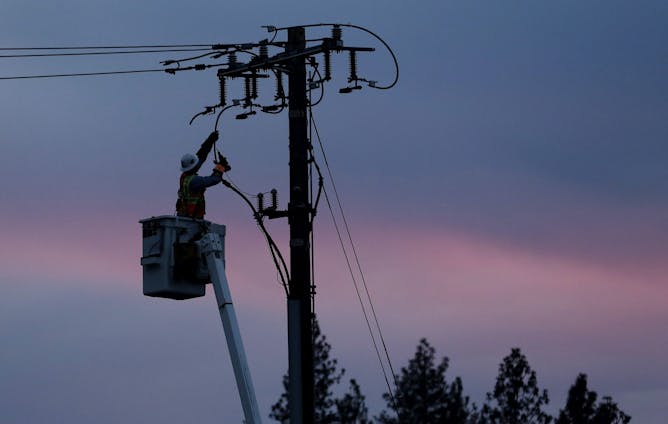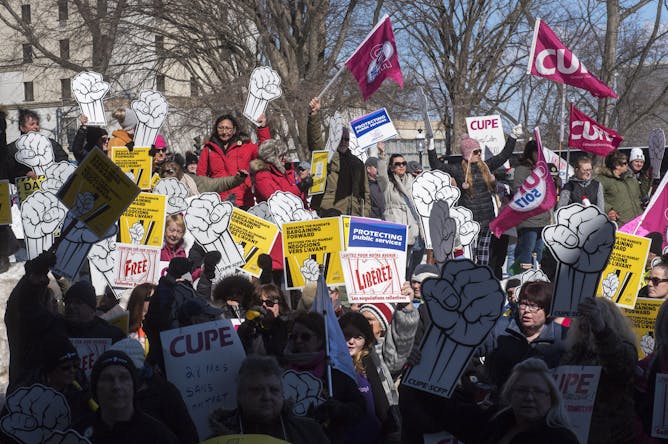|
We’ve learned a lot more about COVID-19 since March. We’ve learned to slow down the spread of the virus with changed behaviours like more frequent hand washing and cleaning, wearing masks and enforcing strict physical distancing, but we’re still trying to figure out the best ways to resume or conduct regular activities, especially as schools reopen.
Today in The Conversation Canada, we hear from applied mathematician Chris Bauch, PhD student Brendon Phillips, and psychologist Dillon Thomas Browne — all at the University of Waterloo — and University of Guelph professor Madhur Anand. They used uncertainty analysis to look at different scenarios for classroom sizes and found that increasing the number of students in a class has a larger effect than expected, resulting in a greater number of school days lost due to classroom and school closures.
Also today:
Regards,
|

Mathematical models can help figure out class sizes and configurations to minimize disruptions and school closures.
(Shutterstock)
Chris Bauch, University of Waterloo; Brendon Phillips, University of Waterloo; Dillon Thomas Browne, University of Waterloo; Madhur Anand, University of Guelph
Schools reopening during the current coronavirus pandemic need to calculate class sizes to prevent the spread of disease and minimize disruptions.
|

Many factors contributed to students’ need for personalized accommodation and support to achieve academically during rapid transitions online due to the COVID-19 pandemic.
Shutterstock
Nadia Naffi, Université Laval; Ann-Louise Davidson, Concordia University; Azeneth Patino, Université Laval; Brian Beatty, San Francisco State University; Edem Gbetoglo, Université Laval; Nathalie Duponsel, Concordia University
A study documents how universities' centres for teaching and learning are responding to helping faculty create quality online courses for all students.
|

Electric utilities will often cut off power to prevent equipment from starting wildfires during hot, windy weather.
(AP Photo/Rich Pedroncelli)
Jeanie Chin, Northern Alberta Institute of Technology
In an era of climate change and extreme weather, a microgrid — a self-sufficient, energy-generating distribution and control system — puts communities on the path to self-reliance.
|

What’s known as ‘systems thinking’ is critical to ensure our food supply chains are pandemic-proof.
(Pixabay)
John G. Keogh, University of Reading
It's vital to look through a systems lens to understand how future food chains should interact and how risk should be managed. This is particularly critical as we confront a second wave of COVID-19.
|

Une manifestation devant l'Assemblée législative du Nouveau-Brunswick avant que le dépôt du budget, en mars 2019. Pour que des changements majeurs soient acceptés par la population, il faut suivre certaines règles de communication publique.
La Presse Canadienne/Stephen MacGillivray
Stéphanie Collin, Université de Moncton; Omer Chouinard, Université de Moncton
Si les cibles, peu importe si elles concernent un avenir faible en carbone ou l’accès à un médecin de famille, sont indispensables, les outils visant à les atteindre le sont autant.
|
Environment + Energy
|
-
Julie Brigham-Grette, University of Massachusetts Amherst; Steve Petsch, University of Massachusetts Amherst
Extreme shrinkage of summer sea ice is just the latest evidence of rapid Arctic warming – and what happens in the Arctic doesn't stay there.
|
|
Politics
|
-
Mark Krasovic, Rutgers University Newark
The 2020 presidential election will be the first in nearly 40 years conducted without protections from a court order that forbid the GOP from using voter intimidation at the polls.
|
|
Science + Technology
|
-
Andy Galbraith, University of East London
Here's how elite endurance athletes differ from the rest of us.
|
|